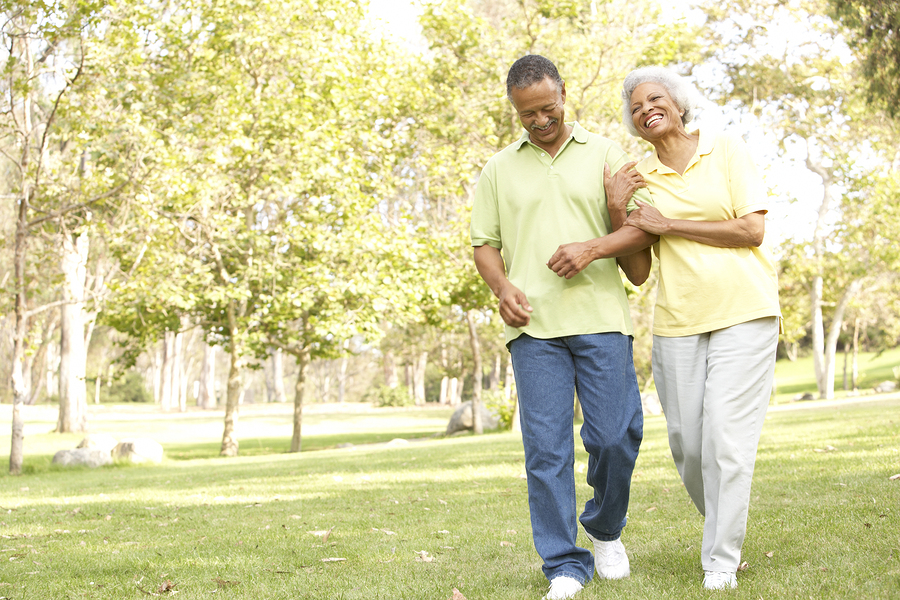When coming to traveling one of the key components is the transportation factor. You might think it’s easy and you are well aware of the ways to moving between villages, city, counties and continents, however let me refresh your memory and add some tips, which you might not be aware of. Let’s start with the basic.
- Walking
- Scooter
- Bicycle
- Motorcycle
- Car
- Bus
- Train
- Ship/Boat and Water trasportation
- Airplane/Helicopter and other way of flying
Let’s start here and right now with the first way of transportation:
Walking
According to the Clevelend Clinic and Mayo Clinic there are 5 great reason why to start walking:
1, Walking reduces stress, cheers you up and increases self-esteem:
There are several studies, which confirms that walking benefits your mood by releasing your body’s natural happy drugs — endorphins. And you’ll be full of pride at your accomplishment, which helps increase your self-esteem. You’ll respect yourself more.
2, You can lose weight by walking just 30 minutes a day
Walking is one of the most easiest and accessable way to lose weight. It’s free, healthy and with the correct technique you will see the positive impact soon. Start with a 20 minutes walking exercise and slowly increase it. You should make every day at least 10 000 steps and increase it as much possible.
3, Regular walking lowers blood pressure, improves sleep and energizes you
Regular walkers have fewer heart attacks and strokes, lower blood pressure and higher levels of HDL (healthy cholesterol) than non-exercisers. Walking can lower blood pressure and LDL (lousy cholesterol), decrease the risk of many cancers and improve immune system function. Plus it improves quality of sleep and keeps you energized according to Cleveland Clinic.
4. Walking strengthen your bones and muscles
To keep your bones and muscles healthy, you have to take care with them. Eating healthy food and exercising. Starting at around age 30, muscle strength and bone mineral density naturally begin to diminish. Untempered, these changes increase your risk of falls, fractures and conditions like osteoporosis. Regular exercise has been shown to slow or stop muscle and bone loss. And the right kind of exercise can even trigger the body to build new muscle and bone.
Most people who walk for exercise tend to walk at the same pace for approximately the same amount of time. That’s helpful for maintaining bone density. But to signal your body to build new muscle and bone cells, you’ll need to switch up your routine to increase the “load” on your body.
After you warm up, try these strategies:
- Pick up the pace. Brisk walking and jogging are more beneficial for bone health than walking at a slow or moderate pace. To ease yourself into moving faster, start by picking up the pace or jogging for short bits of time during your walk. You might walk for two or three minutes at your normal pace, and then walk briskly for one minute. Repeat until your walking time is up.
- Hit the hills or stairs. Stair- and hill-walking challenge your body to carry your weight in new ways, which further benefits your muscles and bones. Add some stairs or hills to your route, and feel free to switch up the pace. Try walking briskly up an incline, and then slow it down and really focus on using your muscles to control your descent, or vice versa.
- Add body-weight exercises or jumps. Come across an intersection or park along your walking route? Stop and do a set of squats, lunges or push ups. If high-impact activities are okay for your body, consider incorporating sets of squat jumps, jump lunges or static jumps (to mimic jumping rope, but without the rope). (source: https://www.mayoclinic.org/healthy-lifestyle/fitness/in-depth/walking/art-20046261)
5. Improve your balance and coordination
The sense of balance typically worsens with age. It can be further compromised by certain medical conditions and medications, uncorrected vision problems, or a lack of flexibility. Poor balance often leads to falls, which can cause head injuries and other disabling injuries. Hip fractures, in particular, can lead to serious health complications and threaten independence. A combination of activities such as walking, strength training, and specific workouts can improve balance and prevent falls, especially in older adults.
Walking helps build lower-body strength, an important element of good balance. Walking is safe exercise for most people and, in addition to improving balance, counts toward your aerobic activity goals. If health problems make walking especially difficult for you, a physiatrist or physical therapist can suggest other options.
A good walking plan should be designed to safely boost physical activity whether you’re sedentary or fairly active. The minutes count, not the miles. Here’s how to tailor a walking plan to your needs:
If you aren’t in the habit of exercising, start at the beginning. If you normally use a cane or walker, be sure to do so. As you feel stronger and more comfortable, gradually add more minutes to your walks.
If you already exercise, start with a walking plan that best matches your current routine and build from there. If the plan seems too easy, add time, distance, or hills. Aim for at least 150 minutes of walking per week, but don’t hesitate to add more. (source: https://www.health.harvard.edu/staying-healthy/improve-your-balance-by-walking)
Consider your technique
Even if you walk as a tourist, a proper walking technique helps you to make it even more heatlhy. Turning your normal walk into a fitness stride requires good posture and purposeful movements. Ideally, here’s how you’ll look when you’re walking:
- Your head is up. You’re looking forward, not at the ground.
- Your neck, shoulders and back are relaxed, not stiffly upright.
- You’re swinging your arms freely with a slight bend in your elbows. A little pumping with your arms is OK.
- Your stomach muscles are slightly tightened and your back is straight, not arched forward or backward.
- You’re walking smoothly, rolling your foot from heel to toe. (source: https://www.mayoclinic.org/healthy-lifestyle/fitness/in-depth/walking/art-20046261)
When is walking recommended during traveling
- Whenever you want!
- When the places you are visiting are crowded, and taking a bus/bike or Scooter wouldn’t help you.
- When you don’t want to spend money on bus, bike or scooter. Walking is for FREE!
- When it’s not worth to take a bus for sight-seeing. e.g. in Prague. Everything is a walking distance. Also in London everything is really close.
- When you are spending more days in that place and you are not in hurry.
- When you want to discover the city. If you really want to see how the people in that certain place/city live, how are the streets, how is the air, you have to walk. The bus is taking you only to the place which are for Tourists. Walking takes you to all places where do you want.
What WILL help you when you Walk?
- Walking Apps: According to Verywellfit.com there are 8 great application for walk. Those application will not only measure your walk, but record the way, elapsed time, distance, pace, speed, elevation, and calories burned. Your speed is determined by GPS. You can find those apps clicking on the following link
- The right shoes: Look at the heel. It should be no more than an inch higher than the sole under the ball of the foot, and there should be no flare. Next, grip the shoe in your hands and twist it. Not only should it twist latitudinally, it should easily bend at the ball of the foot and not the middle of the arch. Finally, set the shoe on the floor and poke the toe. If it’s well designed, the toe should be slightly off the ground and rock a little when poked. More details are available at Verywellfit.com
- A plan: Do not walk just up and down. Make a plan, prepare yourself and make your walk enjoyable. If you walk and see the places you want it will give you a positive feeling and will motivate you to walk even further. In 2019 I took my Girlfriend and 2 Friends to New York. We were walking every day approximately 20km’s (12.5 miles). They were totally exhausted, however did enjoy every minute. After the trip all of them wanted (and still want) to go back to New York and see even more places by walk.
WhY TO Walk?
- Walking is the easiest way to discover a city. If you really want to see all hidden places, smell the city, discover restaurants and bars, which you might know from movies, or just seen somewhere, than walking is the best way. It might take much more time, than by bus, but it’s really worth of it. Of course there are places, where it’s not really recommended to walk. In those cases take a taxi, bus or rent a car. Otherwise I always try to talk as much as possible.

